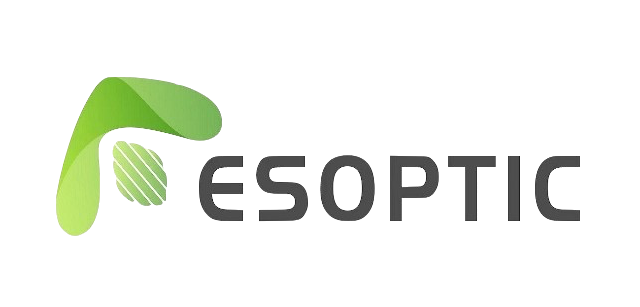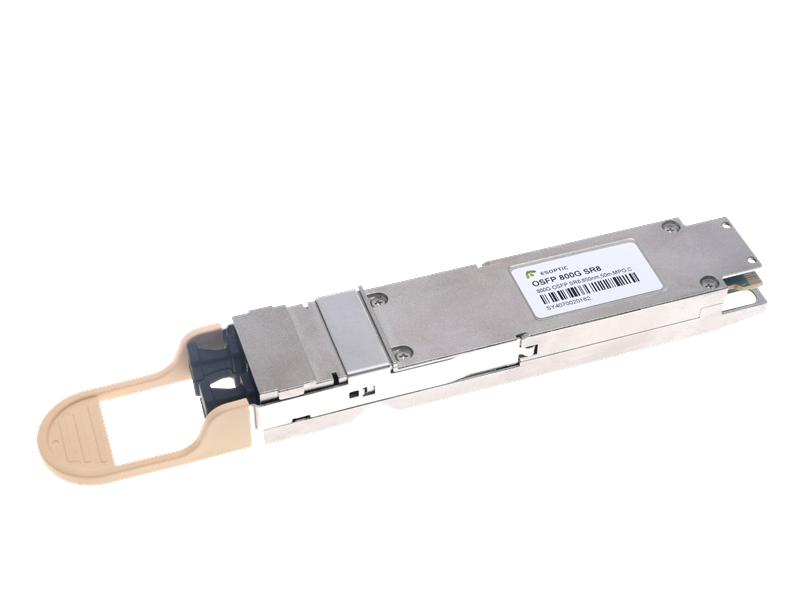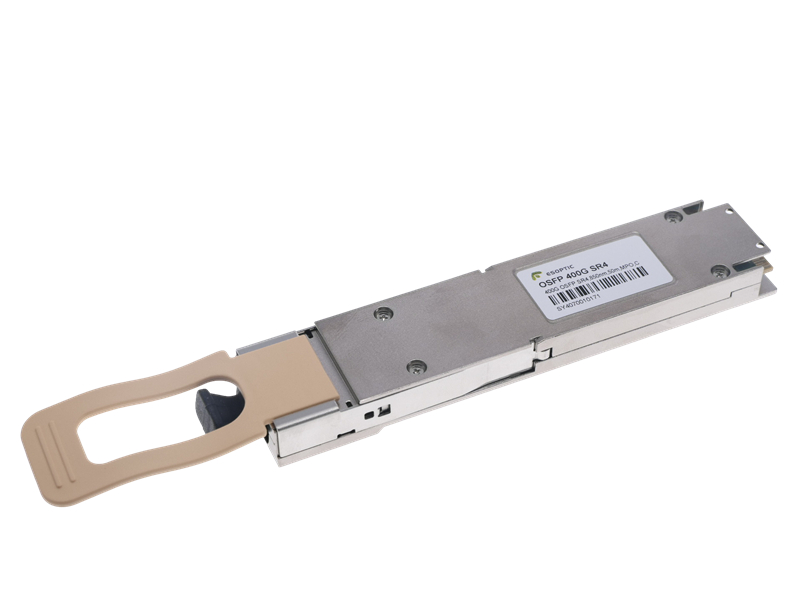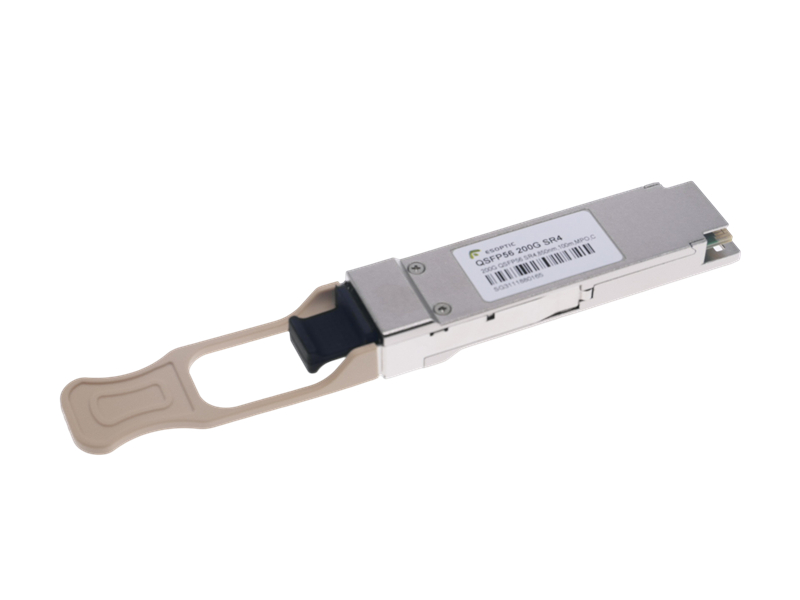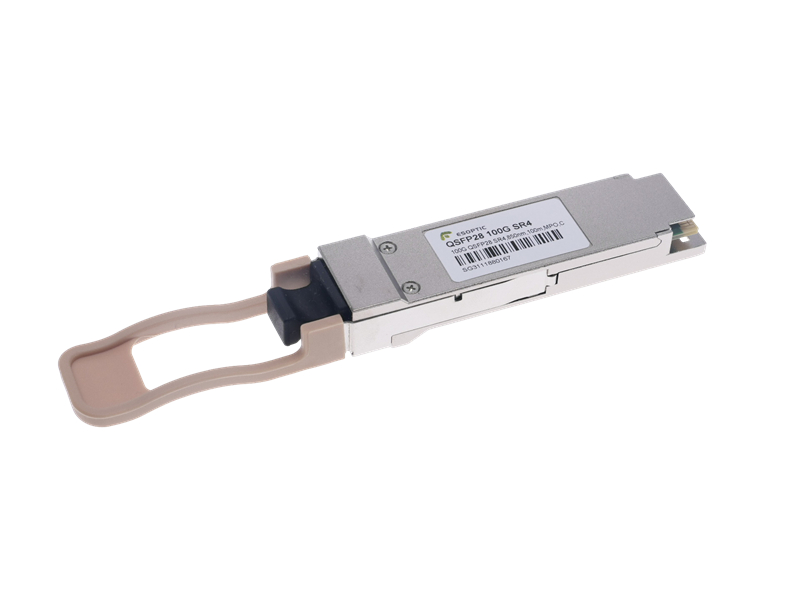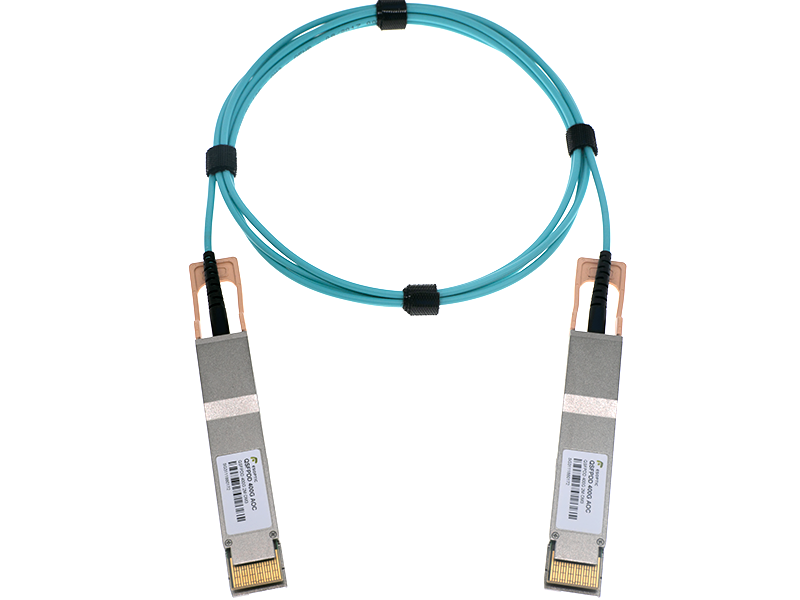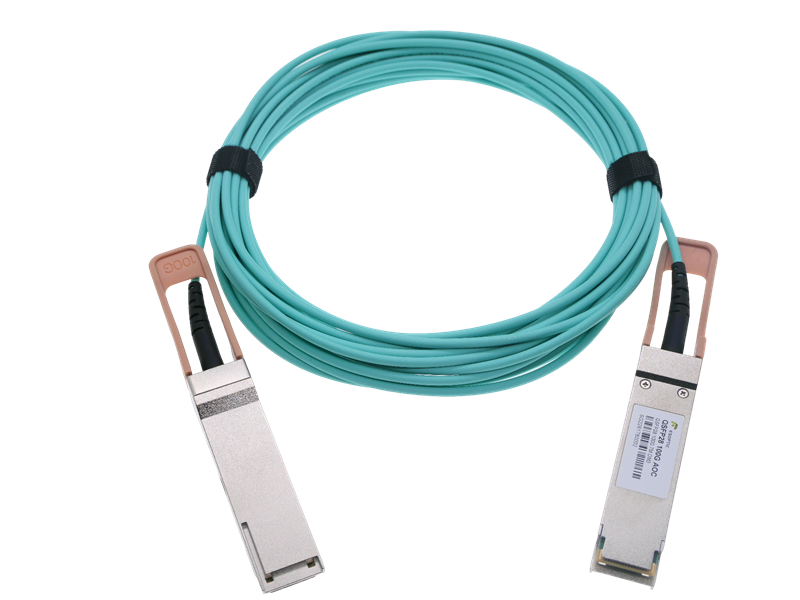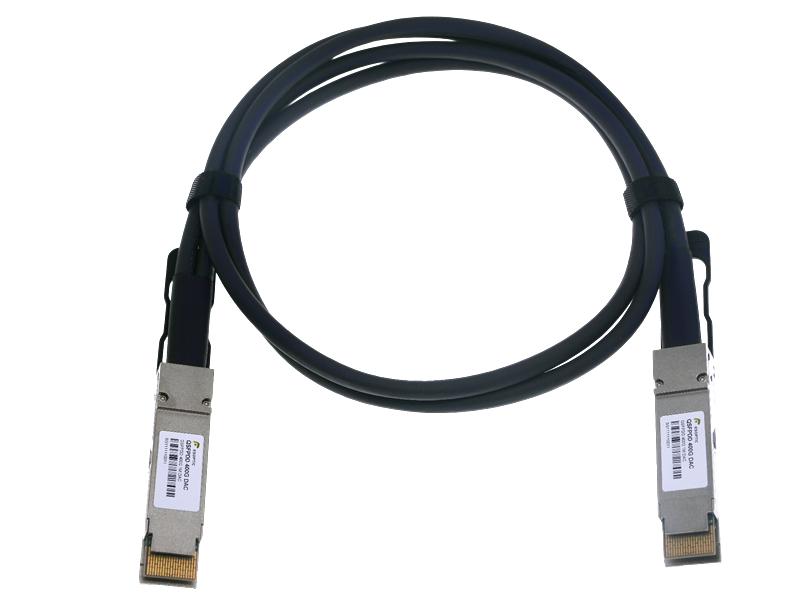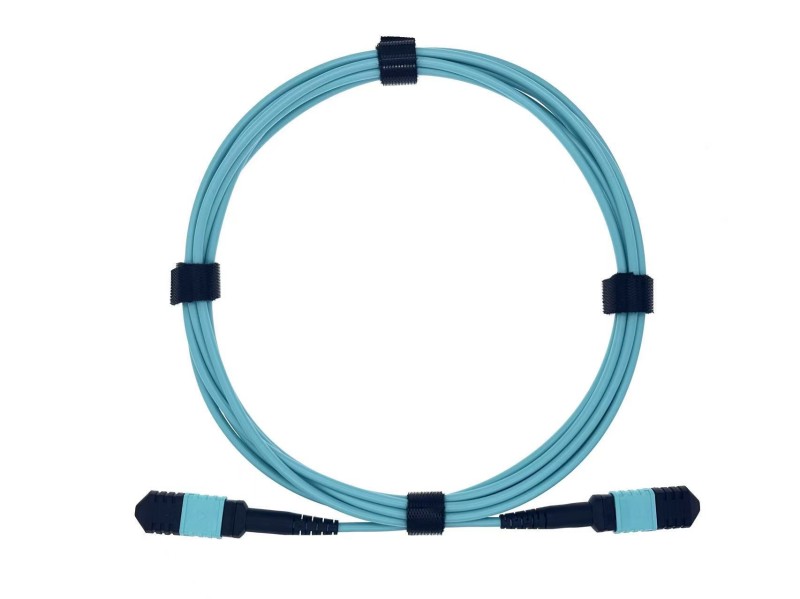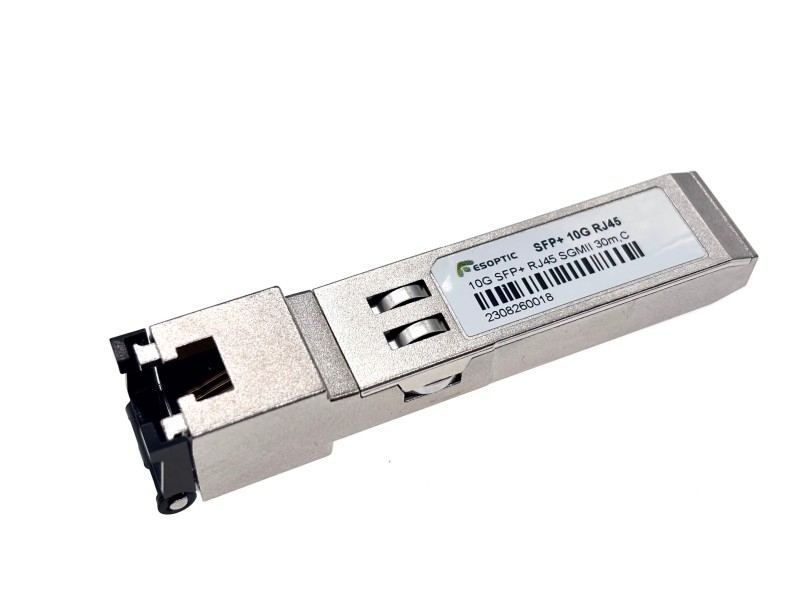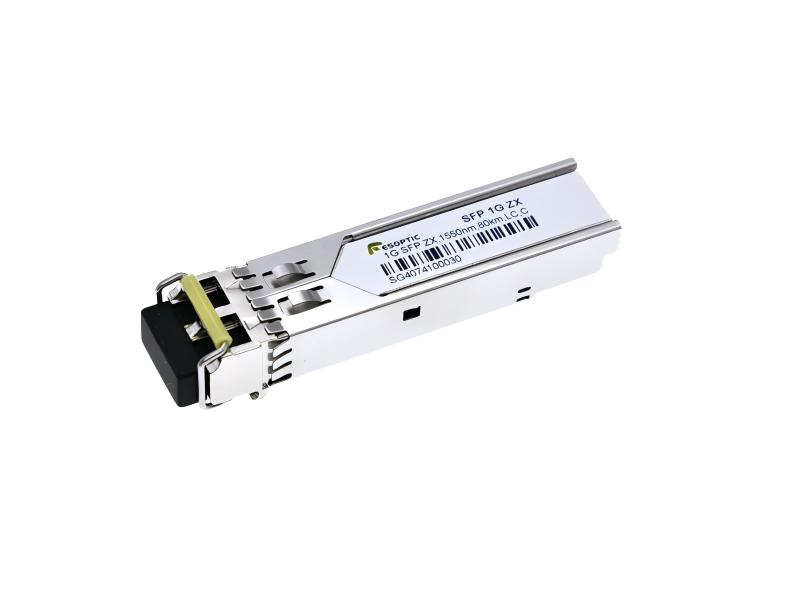The field of optical communication is advancing at an incredible pace, driven by the demand for faster, more reliable, and efficient data transmission. In this evolution, innovations like AOC(Active Optical Cables), DAC(Direct Attach Cables), ACC(Active Copper Cables), and AEC(Active Electrical Cables) are playing crucial roles. These advanced cable solutions not only drive high-speed networking but also provide key technologies that support next-generation data centers, high-performance computing (HPC), and enterprise-level applications. In this blog, we will explore the key features, advantages, and applications of these cables, and how they are shaping the future of optical communications.
AOC: The Superior Choice for Fiber Optic Connectivity
AOC(Active Optical Cables) represent a significant advancement in optical communication technology. These cables utilize fiber optics for data transmission, offering longer transmission distances, higher bandwidth, and lower latency compared to traditional copper cables. AOC(Active Optical Cables) cables are particularly well-suited for large-scale data transmission in applications such as data centers, telecom networks, and supercomputing environments.
The advantages of AOC(Active Optical Cables) cables go beyond speed. They offer stable data transmission with lower power consumption, making them ideal for data-intensive environments. As data demands continue to rise, AOC(Active Optical Cables) cables are becoming the go-to solution for high-performance computing and networking applications.
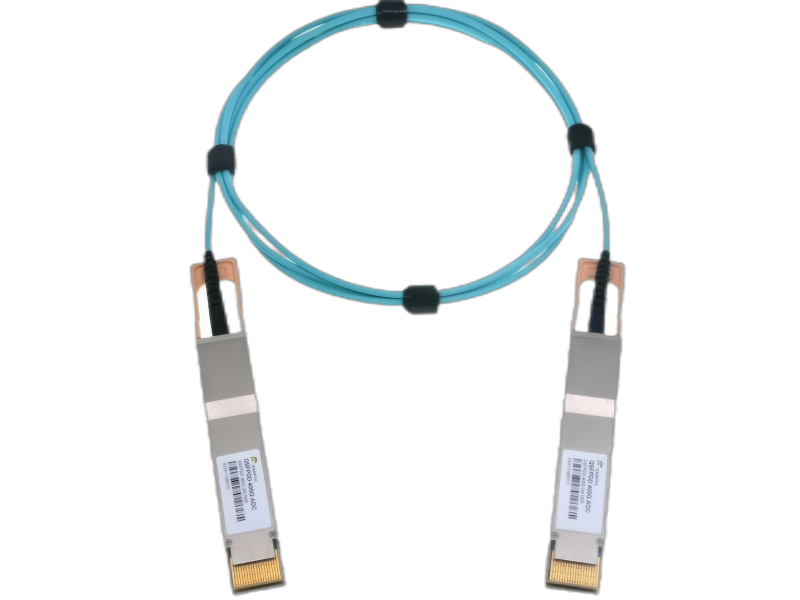
DAC(Direct Attach Cables)and ACC(Active Copper Cables): Efficient Solutions for Short-Distance Connectivity
For short-distance, high-speed data transmission, DAC(Direct Attach Cables) and ACC(Active Copper Cables) offer ideal solutions. While AOC(Active Optical Cables) cables excel in long-distance transmission, DAC(Direct Attach Cables) and ACC(Active Copper Cables) cables play a crucial role in short-range connectivity within data centers.
DAC(Direct Attach Cables) are widely used for interconnecting servers, storage devices, and switches within data centers. They directly connect to high-speed interfaces like SFP+ and QSFP+, providing low-latency, high-speed communication at a cost-effective price. DAC(Direct Attach Cables) are perfect for short-range connections, delivering excellent signal integrity while maintaining lower costs than fiber optics.
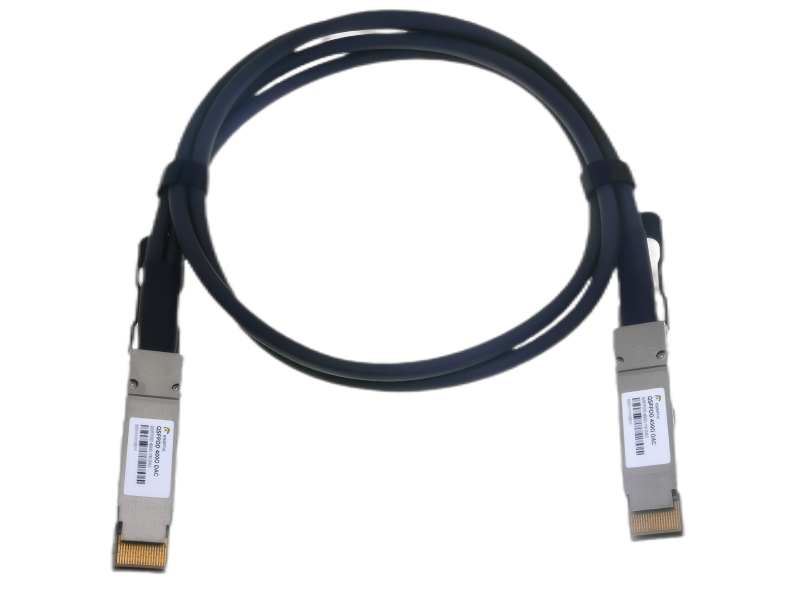
ACC(Active Copper Cables), on the other hand, combine the advantages of copper and fiber optics. Using active electronics, they extend the reach of copper cables, enabling high data rates over longer distances. ACC(Active Copper Cables) are ideal for applications requiring a balance between cost-effectiveness and performance, offering a middle ground between copper and fiber.
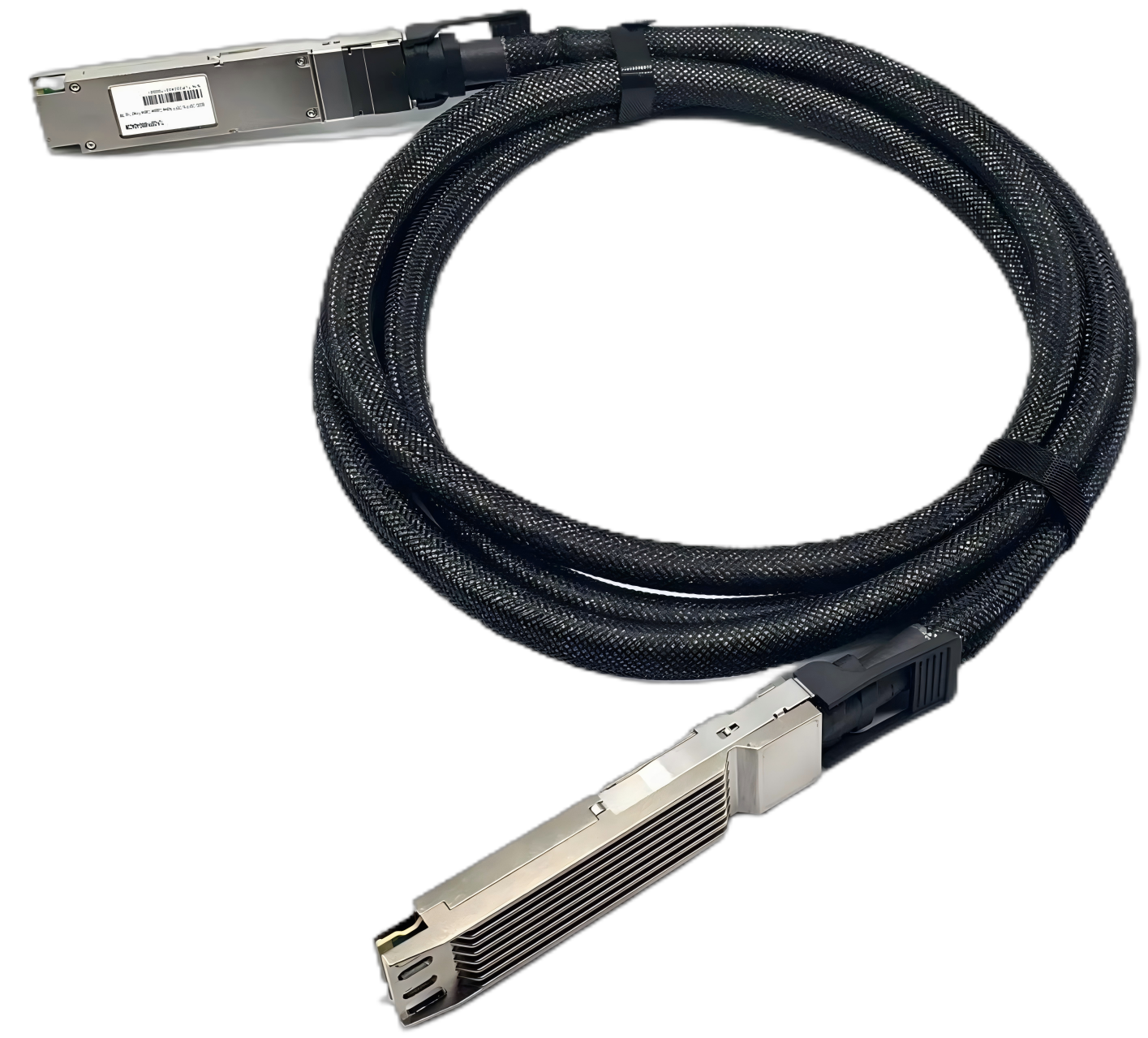
AEC: Supporting Flexibility and Performance
AEC(Active Electrical Cables) incorporate active components that enhance signal transmission over long distances, ensuring reliable performance and stability. These cables are especially suitable for high-density server racks and supercomputers, where flexibility and high-speed interconnections are essential.
AEC(Active Electrical Cables), when used in combination with AOC(Active Optical Cables), provide an excellent solution for high-performance environments that require both flexibility and high bandwidth. These cables support complex network setups and help meet the demanding requirements of modern data networks.
The Importance of Cable Quality: Durability, Efficiency, and Reliability
When choosing cables for high-speed networking and data transmission, quality is a top priority. Not all cables are created equal, and selecting the wrong type can result in performance issues, signal degradation, and costly downtime. High-quality AOC(Active Optical Cables), DAC(Direct Attach Cables), ACC(Active Copper Cables), and AEC(Active Electrical Cables) cables ensure:
Durability: High-quality cables are designed to withstand environmental stress, minimizing wear and tear over time.
Signal Integrity: Premium cables maintain stable, lossless transmission, which is crucial for high-speed applications.
Energy Efficiency: Modern cables are optimized for low power consumption, helping to reduce operational costs in large-scale data centers.
FAQ: Everything You Need to Know About AOC(Active Optical Cables), DAC(Direct Attach Cables), ACC(Active Copper Cables), and AEC Cables
1. What is the difference between AOC, DAC, ACC, and AEC cables?
AOC(Active Optical Cables): Uses fiber optics to transmit data, ideal for long-distance transmission and high-bandwidth applications.
DAC(Direct Attach Cables): A copper-based cable used for short-range connectivity, offering high-speed, low-latency communication.
ACC(Active Copper Cables): Extends the reach of copper cables using active electronics, suitable for medium-distance applications.
AEC(Active Electrical Cables): Incorporates active components to enhance signal transmission over longer distances.
2. How do I choose the right cable for my data center?
Choosing the right cable depends on factors like distance, bandwidth needs, power consumption, and cost. For long-distance, high-bandwidth applications, AOC (Active Optical Cables) cables are the ideal choice. For short-range connections, DAC(Direct Attach Cables) and ACC(Active Copper Cables) cables are more cost-effective.
3. Can AOC (Active Optical Cables) cables replace DAC or ACC cables?
While AOC(Active Optical Cables) cables excel in long-distance applications, DAC(Direct Attach Cables) and ACC(Active Copper Cables) cables remain more suitable for short-range, cost-effective connectivity. Depending on your application requirements, you can use a combination of these cables to optimize performance and cost.
4. Why is signal integrity important when selecting cables?
Signal integrity is critical for maintaining accurate data transmission, especially in high-speed and long-distance scenarios. High-quality cables ensure stable, error-free transmission, reducing the risk of data loss or packet errors.
5. How does the flexibility of AEC(Active Electrical Cables) cables affect my network design?
AEC(Active Electrical Cables) cables offer flexibility and high performance, making them ideal for complex network setups. They are particularly useful in high-density server environments where both signal stability and flexible connectivity are essential.
Conclusion: Choosing the Right Cable for Your Needs
The ongoing development of AOC(Active Optical Cables), DAC(Direct Attach Cables), ACC(Active Copper Cables), and AEC(Active Electrical Cables) cables is transforming the optical communication landscape. These cable solutions are vital for meeting the growing demands of high-speed data transmission in modern networks, from data centers to supercomputing environments. By understanding the features, advantages, and applications of each type of cable, businesses and engineers can make informed decisions that maximize network efficiency, performance, and reliability. Whether you’re building a new network infrastructure or upgrading an existing one, selecting the right cables is crucial for staying ahead in the fast-evolving world of optical communication.
